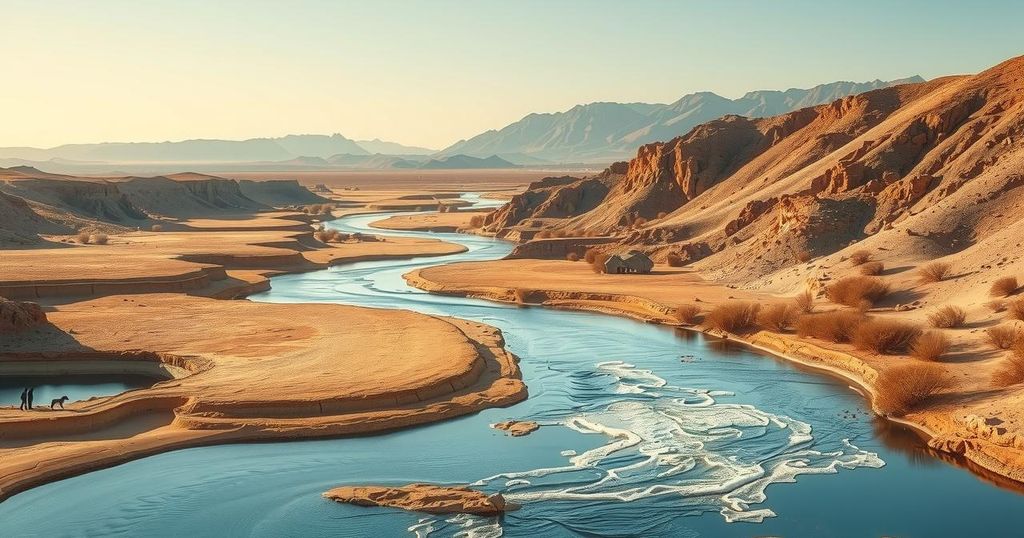Understanding South Africa’s Water Crisis: Key Facts and Insights
This article outlines critical facts about South Africa’s water crisis, highlighting major inefficiencies in water management, the lack of basic water access for millions, and the urgent need for improvements in sanitation and conservation efforts, all within the context of global water challenges.
The significance of water cannot be overstated, as articulated by the South African Department of Water and Sanitation, proclaiming water as essential to life. With World Water Day approaching, it becomes critical to examine both global and local water issues, particularly within South Africa.
A staggering 50% of South Africa’s potable water is categorized as non-revenue, which indicates that these quantities are lost due to system inefficiencies, primarily leaks. This significant loss highlights the urgent need for improved water management practices across the nation.
Currently, more than 3 million South Africans lack access to basic water supplies. Worryingly, 52% of individuals living in informal settlements around Johannesburg find it necessary to dig their own pit latrines, underscoring the severe sanitation challenges faced by these communities.
Globally, the absence of adequate water access results in the loss of 443 million school days annually due to illnesses connected to poor water sources, according to the United Nations Development Programme (UNDP). In Africa, the South African Human Rights Commission reports that 115 individuals perish each hour from diseases stemming from compromised hygiene and sanitation.
South Africa experiences an alarming 40% less rainfall than the global average, aggravating the challenges faced in managing water resources. Despite being classified as a water-scarce nation, South Africans use an average of 237 liters of water per person per day, surpassing the global average of 173 liters.
The agricultural sector consumes 61% of the nation’s water, with households utilizing 27% and industry accounting for 7%, as stated by the Council for Scientific and Industrial Research (CSIR). Moreover, the latest Blue Drop Report reveals that 24 out of the 144 Water Services Authorities have not pursued compliance, and 40 are in critical condition, posing serious risks to water sustainability.
According to the Water Services Act, the minimum standard for basic water supply is set at 25 liters per person per day. However, during the ‘Day Zero’ water restrictions in Cape Town, the average was significantly higher, recorded at 50 liters per person per day, highlighting the precariousness of water availability in the region.
The water crisis in South Africa is characterized by significant inefficiencies and inadequate access to clean water, leaving millions without basic necessities. The alarming statistics reveal a pressing need for improved management and conservation practices to ensure a sustainable future for this vital resource. Awareness and action are essential as the nation navigates its water challenges amidst changing climate conditions.
Original Source: infrastructurenews.co.za




Post Comment